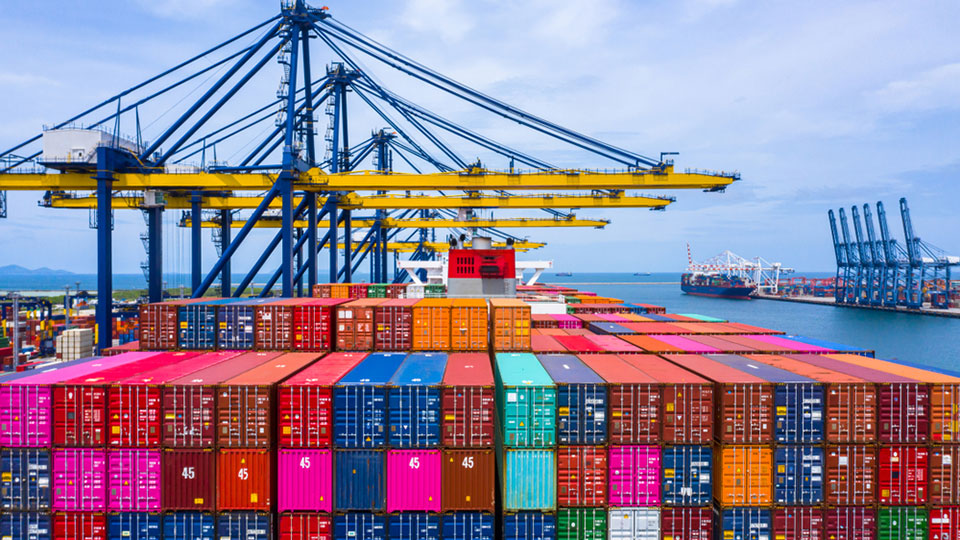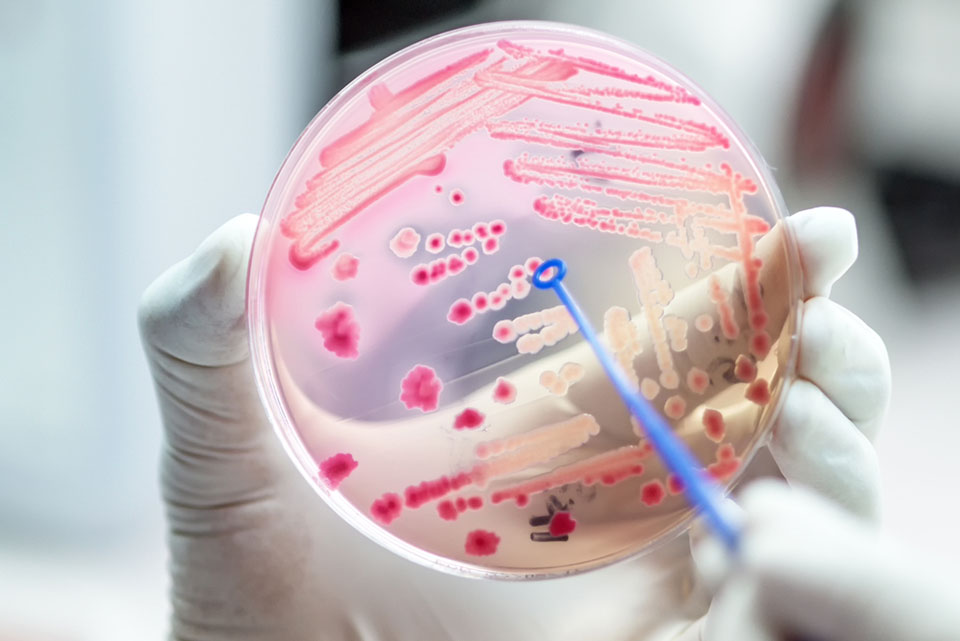Five Cold Chain Logistics Problems That Technology Can Solve

Throughout the last year or so, the words “supply chain” have entered the common vernacular. It’s difficult to get away from news about supply chain disruptions, shortages, bottlenecks, and the like. But what many of those reports tend to gloss over is the importance of the cold chain. The cold chain (or cold supply chain) is the part of the regular supply chain that governs transporting items requiring refrigeration or being held at certain temperatures.
Pharmaceuticals, vaccines, organ donor tissue, and food are all items requiring the use of the cold chain. But in any supply chain, problems and concerns pop up every once in a while that needs to be addressed. This is especially prevalent in the cold chain, where one thing going wrong can have a domino effect that impacts everything else. In this article, we’ll discuss five cold chain logistics problems that technology can help solve.
- Damage
Better planning and comprehensive tracking are vital. A paper trail leads to fewer errors and potential problems. But when it all comes down to the wire, you need to have a way to discover damage along your supply chain. That’s where devices such as impact recorders, shock loggers, and vibration detectors come into play. These simple devices log impacts, shocks, or vibrations that occur during transit, along with their duration and amplitude. This valuable information provides a basis for determining damage and planning for future damage prevention. - Condensation
The water cycle is a fascinating thing. What begins with evaporation eventually leads to condensation. Condensation is those little water droplets you often see when the humidity is high, and a surface is cold. It happens a lot in your refrigerator at home. But it can be a bad thing in the cold chain! While you’re (hopefully) not dealing with precipitation during cold transport—if you are, you’ve got much bigger problems—the last part of the cycle, condensation, can cause major issues for your cargo. Condensation creates a pleasant environment for our ugly little friends, mold, and mildew, to plant their roots and flourish. The last thing you want is mold growing on your precious cold cargo! If products are constantly exposed to condensation, they might end up being riskier to use even if there isn’t any temperature abuse.Properly maintaining refrigeration units prevents condensation and humidity issues, so it should be a high priority for anyone operating in cold chain logistics. Using monitoring equipment will help identify problems and keep your machines running as intended.
- Humidity
Humidity can be a significant concern for transporting cold cargo over long distances. It directly influences condensation—which can be catastrophic for cold cargo—and can give you some insight into whether or not moisture is getting into your shipments. Moisture can cause significant damage to shipments, so understanding the humidity in your shipments can mean the difference between undamaged cargo and being part of the 10% of cargo that gets damaged due to moisture during shipping. Humidity sensors can be used with other cargo monitoring equipment to get a comprehensive assessment of what’s happening during transport in real-time. - Temperature Abuse
The concept of temperature abuse can be complex. In some regards, it means an extended period in which something perishable is exposed to dangerous temperatures. These ranges are typically between 41-135 degrees Fahrenheit. There’s a reason every restaurant you’ve ever been to has a sign with optimal cooking temperatures (usually between 145 – 165) for meat. At certain temperatures, bacteria can grow and proliferate, which causes spoilage. Food is one of the most common products transported in cold chains, so temperature control becomes a vital process. For other cold products such as vaccines, the medicine itself can spoil or be rendered ineffective if not held at proper temperatures. That’s why having a robust cold chain transport system is so important. Refrigerator units need to be properly maintained. Everything should be in good working order. Temperature monitoring devices need to be implemented. Using a time-temperature indicator on your shipments helps prevent temperature abuse. Easy to use and covering a wide range of temperatures, these little chemical strips will turn red when cargo has gone past the designated temperature threshold over a period of time. - Growth Of Microbes and Bacteria
Bacteria and microbes like to grow in ideal environments. Some can even grow in some cold temperatures, but the most likely range for bacterial growth is going to be between 41 degrees and 135 degrees Farenheight. Using temperature indicators and visual inspection can go a long way toward preventing bacterial growth. Safe handling procedures are also a must.Check for any damage to packages. Is anything open? Is everything fully sealed? Are the raw foods stored at the bottom so any juices or run-off from them can’t cross-contaminate other food if something goes wrong? Are the pharmaceuticals packed securely in their proper containers? Going into the process with a keen eye for detail helps reduce possible bacteria growth and ensures high-quality control throughout the entire cold chain.
Have you read?
# Best CEOs In the World Of 2022.
# TOP Citizenship by Investment Programs, 2022.
# Top Residence by Investment Programs, 2022.
# Global Passport Ranking, 2022.
# The World’s Richest People (Top 100 Billionaires, 2022).
# Satya Nadella: The most successful CEO of the Tech industry.
Bring the best of the CEOWORLD magazine's global journalism to audiences in the United States and around the world. - Add CEOWORLD magazine to your Google News feed.
Follow CEOWORLD magazine headlines on: Google News, LinkedIn, Twitter, and Facebook.
Copyright 2025 The CEOWORLD magazine. All rights reserved. This material (and any extract from it) must not be copied, redistributed or placed on any website, without CEOWORLD magazine' prior written consent. For media queries, please contact: info@ceoworld.biz










